Historical Evolution of Bathroom Fans
There is very rarely a bathroom you’ll come across that doesn’t have a bathroom fan. But where did this begin, and what caused it to become commonplace in homes an businesses alike?
In this blog, we will discuss the historical evolution of bathroom fans.
To prevent mould, fresh air should always be introduced into your dwelling daily, as it helps to regulate temperature and reduce condensation. Introducing fresh air can be as simple as having a ventilation routine, or installing extractors or PIV systems.
Having an understanding of the uses and reasoning for ducting can be just the information you require in order to get the correct ducting to fit your needs. Knowing how their differences can save you any potential mistakes if you choose to set it up yourself.
I-Sells is here to provide the answers you require whilst also supplying you with all the information you need to combat mould and have a well-ventilated home.
Are bathroom fans needed in every bathroom?
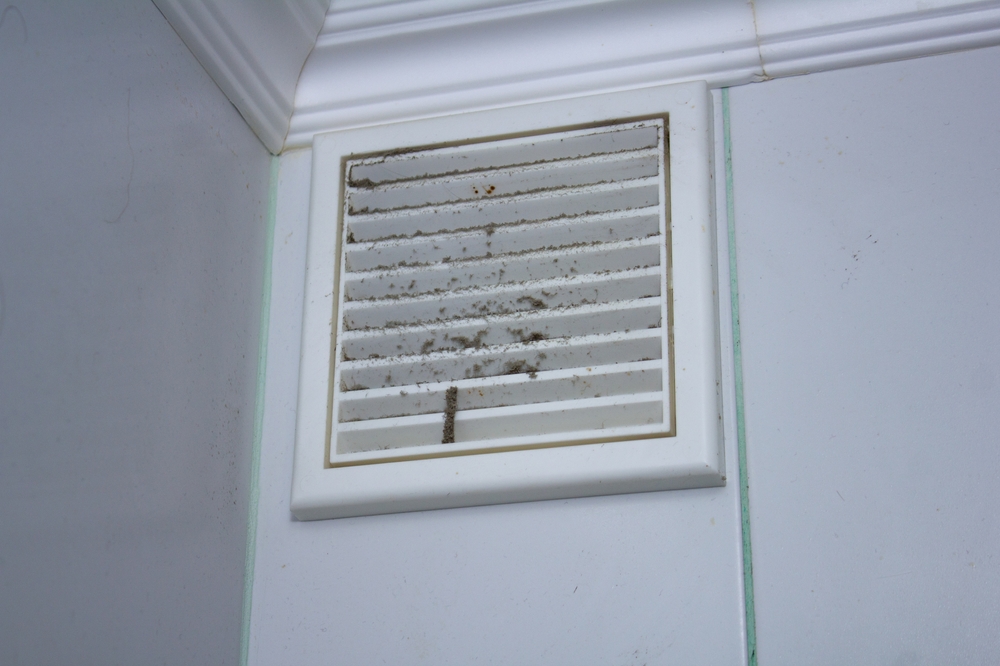
While not strictly mandatory in every case, it’s highly recommended to have a bathroom fan in most bathrooms. The primary function of a bathroom fan is to remove moisture-laden air, preventing the build-up of condensation, mould, and mildew.
These issues can cause damage to your bathroom, as well as health problems for occupants.
Here’s a breakdown of when a bathroom fan is essential:
- Bathrooms with showers or baths: These rooms generate significant amounts of steam and humidity, making a fan crucial.
- Bathrooms without windows: In this case, a fan is the only way to remove moisture.
- Bathrooms in damp or poorly ventilated homes: Even if your bathroom has a window, a fan can be beneficial in these conditions.
If your bathroom has a window that can be easily opened and closed, it might be sufficient for ventilation in some cases. However, relying solely on a window can be less effective, especially during colder months when you’re less likely to open it.
Ultimately, the decision to install a bathroom fan depends on several factors, including the size of the bathroom, its usage, and the overall ventilation of your home. While it might not be strictly necessary in every situation, it’s generally a wise investment to protect your bathroom and your health.
Can mould be removed by a bathroom fan?
No. If mould has already begun to spread in your bathroom, a fully functioning bathroom extractor fan will help to reduce the spread, but not remove it. In order to remove mould, using a mould surface cleaner, or in more serious cases, using the services of professionals, are the only methods available to remove mould for good.
Additionally, if mould was caused by structural issues, fixing this issue will prevent the mould from returning after it has also been removed.
Historical evolution of bathroom fans
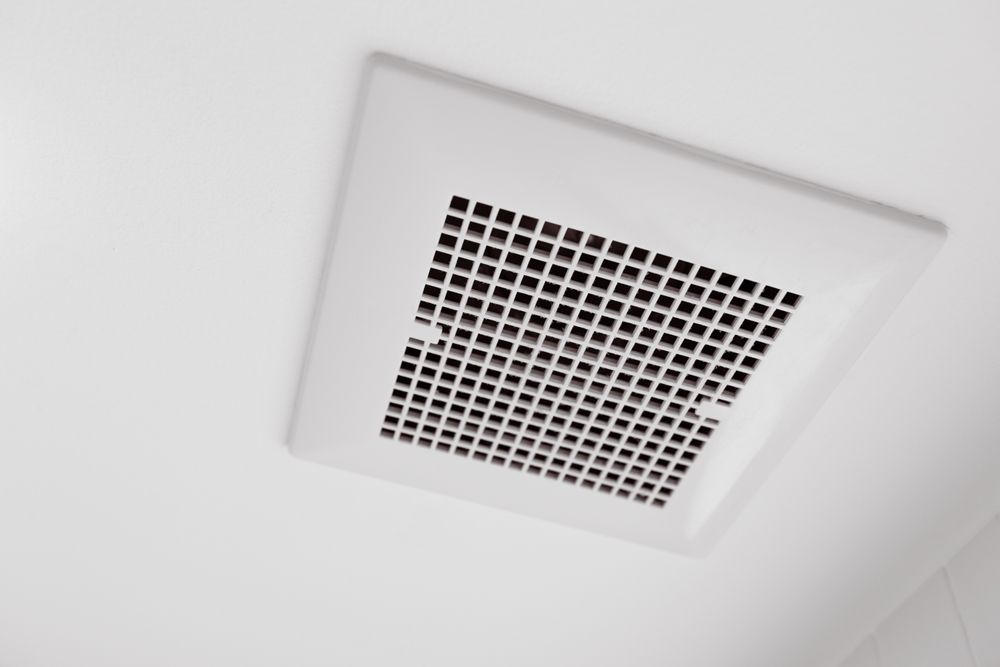
The concept of ventilation is as old as human habitation itself. Our ancestors understood the importance of fresh air, even if they didn’t grasp the underlying science. Early dwellings often relied on open fires for warmth and cooking, generating smoke and heat that naturally escaped through gaps in the structure.
While this provided a rudimentary form of ventilation, it was far from ideal.
The impact of the industrial revolution
The Industrial Revolution marked a turning point. As people moved from rural to urban areas, living conditions deteriorated. Overcrowded tenements with poor sanitation and ventilation became commonplace.
This led to a growing awareness of the link between indoor air quality and health. The Great Stink of London in 1858, caused by raw sewage in the River Thames, was a stark reminder of the consequences of neglecting ventilation.
The late 19th and early 20th centuries saw significant advancements in ventilation technology. The invention of the electric motor enabled the development of powered fans, offering a more efficient and controlled method of air extraction.
Initially, these fans were large and industrial, primarily used in commercial settings. However, as the 20th century progressed, they became smaller and more accessible for domestic use.
The modern bathroom fan
Bathroom fans, as we know them today, emerged as a specific application of the aforementioned technology. The unique challenges posed by high humidity, moisture, and unpleasant odours in bathrooms demanded specialised solutions. Early bathroom fans were often noisy and inefficient, with limited airflow and a tendency to malfunction.
The mid-20th century brought about improvements in motor technology and fan design. Fans became quieter, more powerful, and more reliable. The introduction of plastic as a material for fan housings made them more durable and resistant to moisture. Additionally, the development of axial and centrifugal fan designs offered greater flexibility in terms of airflow and noise levels.
Bathroom fans in the 21st century
As environmental concerns grew in the late 20th and early 21st centuries, so too did the focus on energy efficiency. Bathroom fan manufacturers began incorporating energy-saving features such as low-speed settings, humidity sensors, and timer functions. These advancements helped to reduce energy consumption while maintaining effective ventilation.
In recent years, there has been a surge in interest in smart home technology. This trend has extended to bathroom fans, with the introduction of models that can be controlled remotely via smartphones or voice assistants. Some fans even incorporate air quality sensors and can automatically adjust their speed based on humidity levels.
The evolution of bathroom fans is a testament to the ongoing pursuit of better indoor air quality and comfort. From the simple, manually operated vents of the past to the sophisticated, energy-efficient models of today, bathroom fans have played a crucial role in improving our living environment.
Alternatives to Bathroom Fans
While bathroom fans are the most effective solution for removing moisture and preventing mould, there are some alternatives to consider. However, it’s important to note that these alternatives are generally less efficient and may not completely address the problem.
Natural Ventilation
- Opening windows: This is the simplest and cheapest option. However, it’s not always practical, especially in colder months or if you live in a noisy area.
- Passive vents: Some homes have passive vents that allow air to circulate between rooms. While this can help with general ventilation, it might not be sufficient for bathrooms.
Dehumidifiers
- Portable dehumidifiers: These can be effective at removing moisture from the air but they don’t address odour issues and can be energy-consuming.
- Desiccant dehumidifiers: These work well in colder environments and are often quieter than compressor-based dehumidifiers.
Air Purifiers
- Air purifiers with dehumidifying functions: These can help to improve air quality and reduce humidity, but they might not be as effective as a dedicated bathroom fan.
It’s crucial to remember that these alternatives are often not as efficient as a bathroom fan in removing moisture and preventing mould.
If you choose to use an alternative, it’s essential to monitor your bathroom closely for signs of dampness and take additional steps to reduce humidity, such as wiping down surfaces after showering and using extractor fans in your bathroom.
Ultimately, the best solution depends on your specific circumstances and preferences.
Upgrade your bathroom fan today
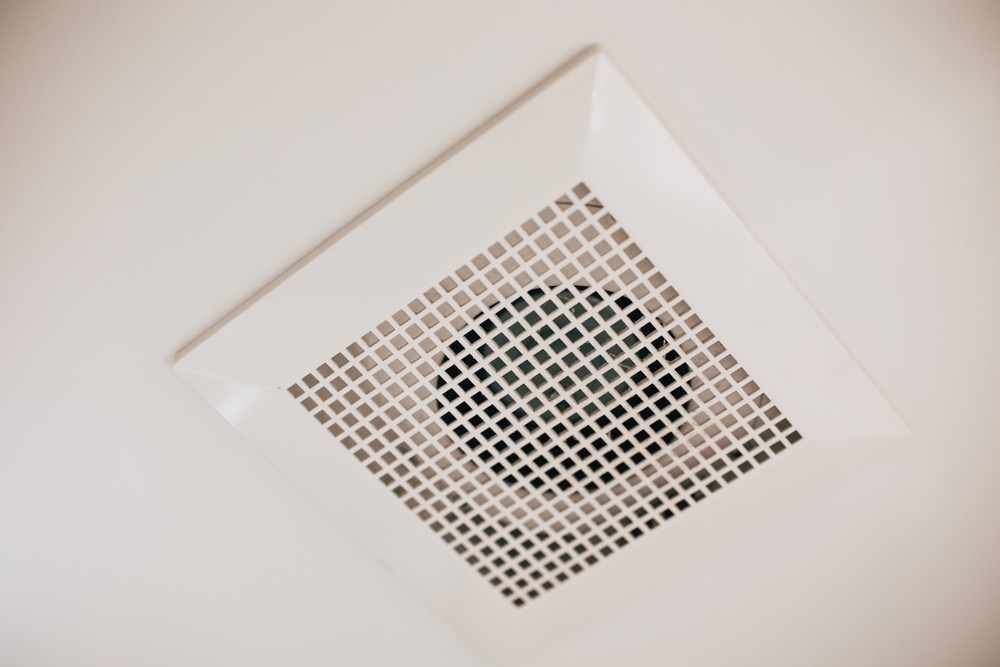
Before deciding to invest in our mould solutions. Be sure to visit our blog page to gain knowledge on the wide array of factors and issues surrounding ventilation, mould, condensation, and much more.
We hope to have given you relevant information to reflect on when it comes to the historical evolution of bathroom fans. .
We understand you may have more questions, do not hesitate to contact us for more information with regard to whatever you require our help with. If you’d like to email us, click here. For other contact options, see below:
Call us on 020 8463 9696
Visit us at our showroom:
*OPENING TIMES*
Monday – Friday: 8:00 am to 5:30 pm
Saturday: 9:00 am to 12:00 pm
Sunday: Closed
15 St John’s Parade
Sidcup, Kent
DA14 6ES
United Kingdom

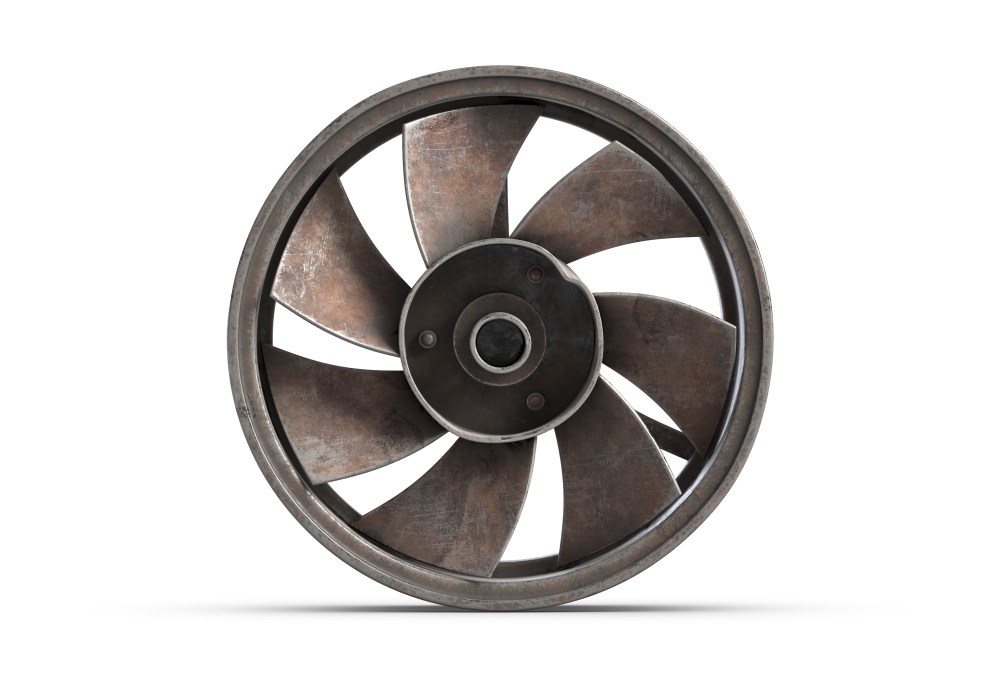



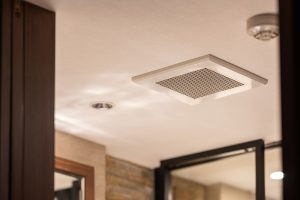

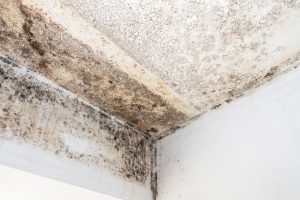


















Add comment
You must be logged in to post a comment.